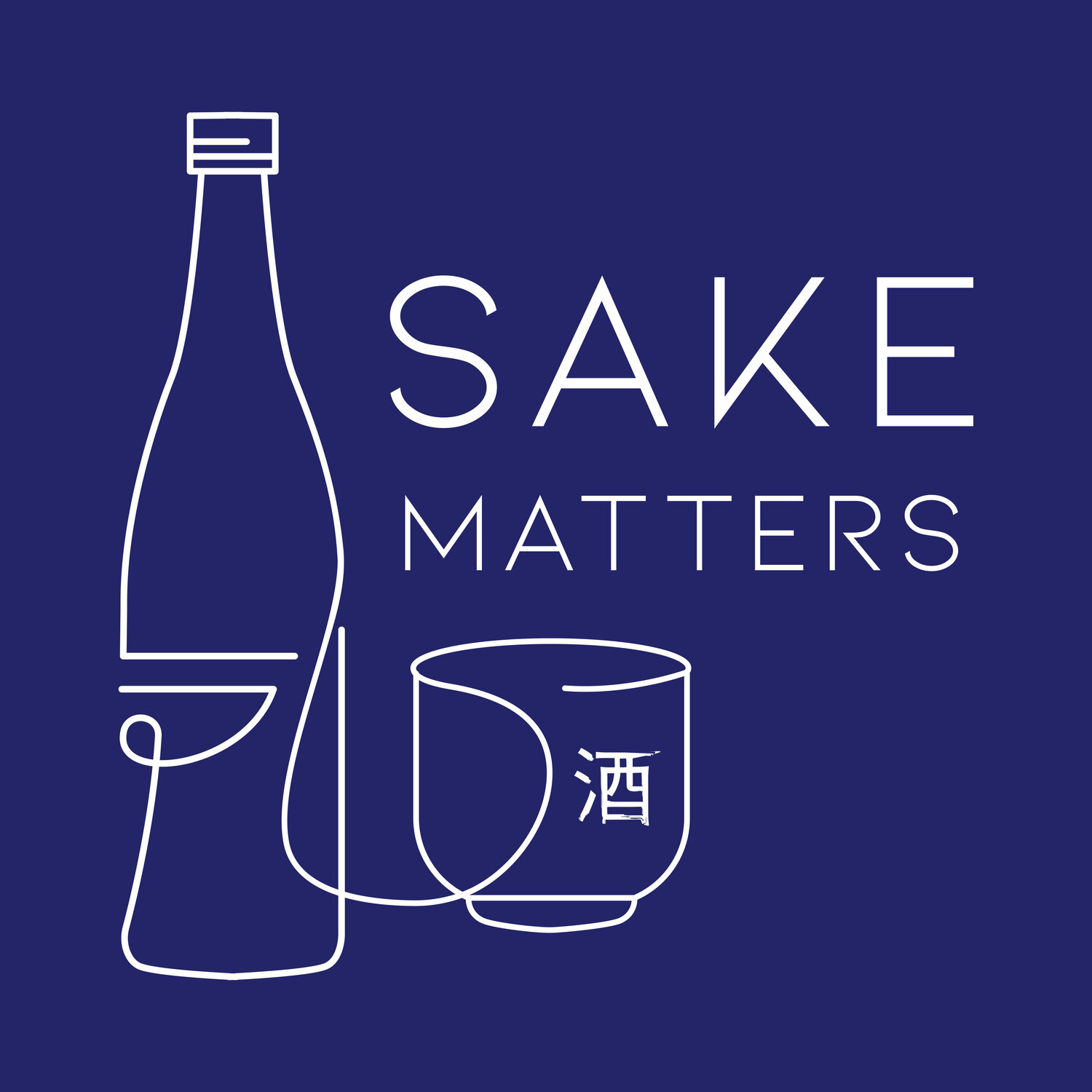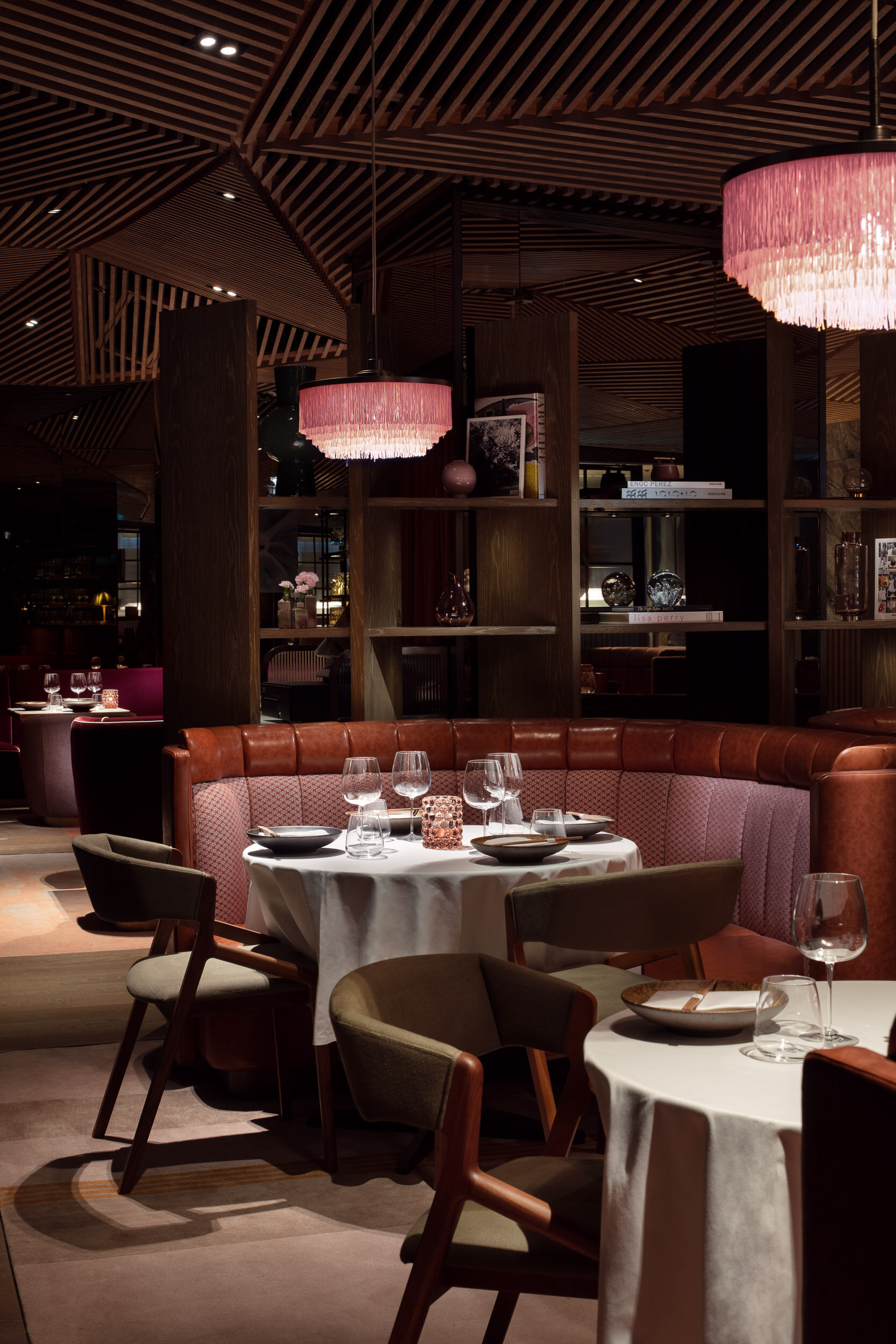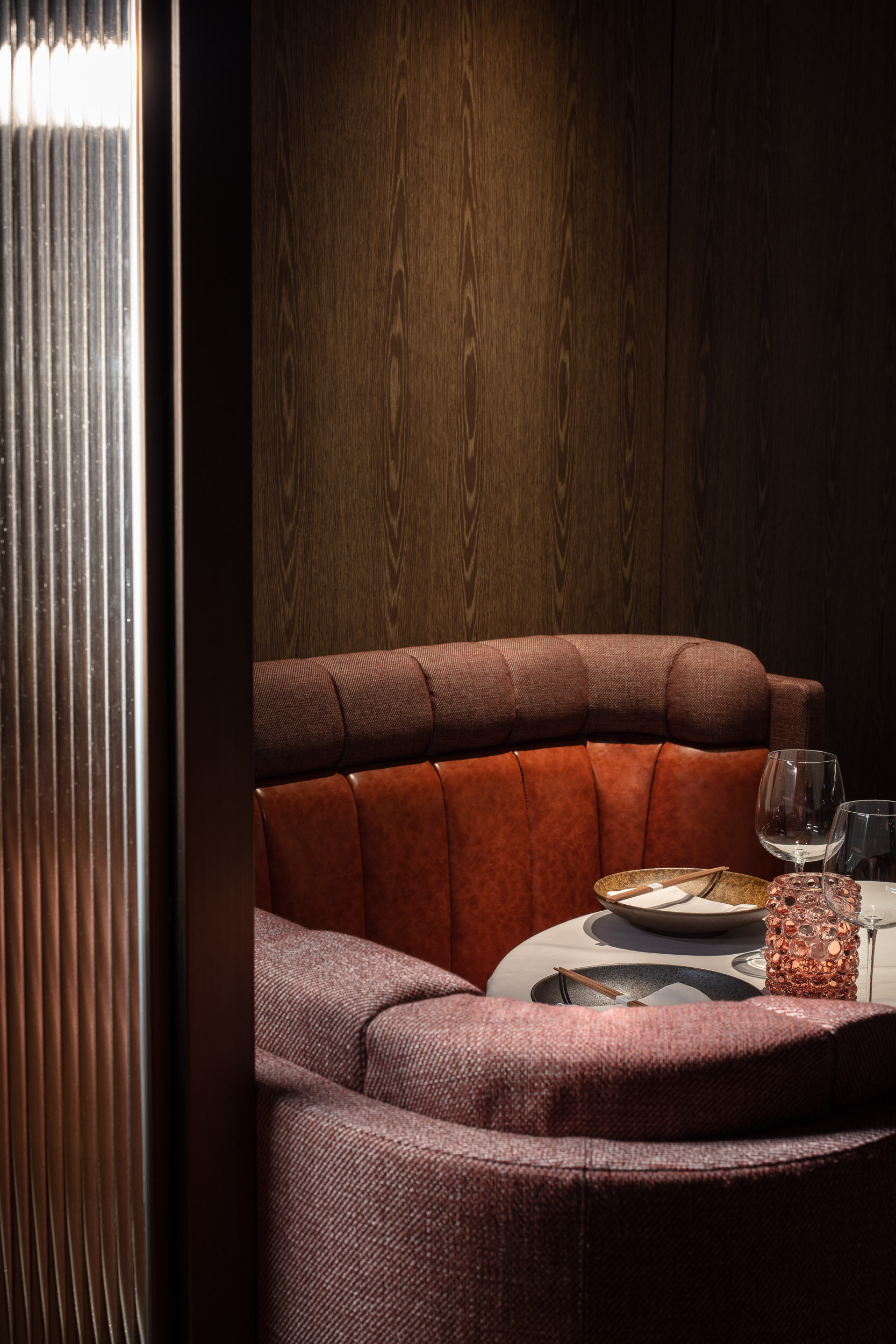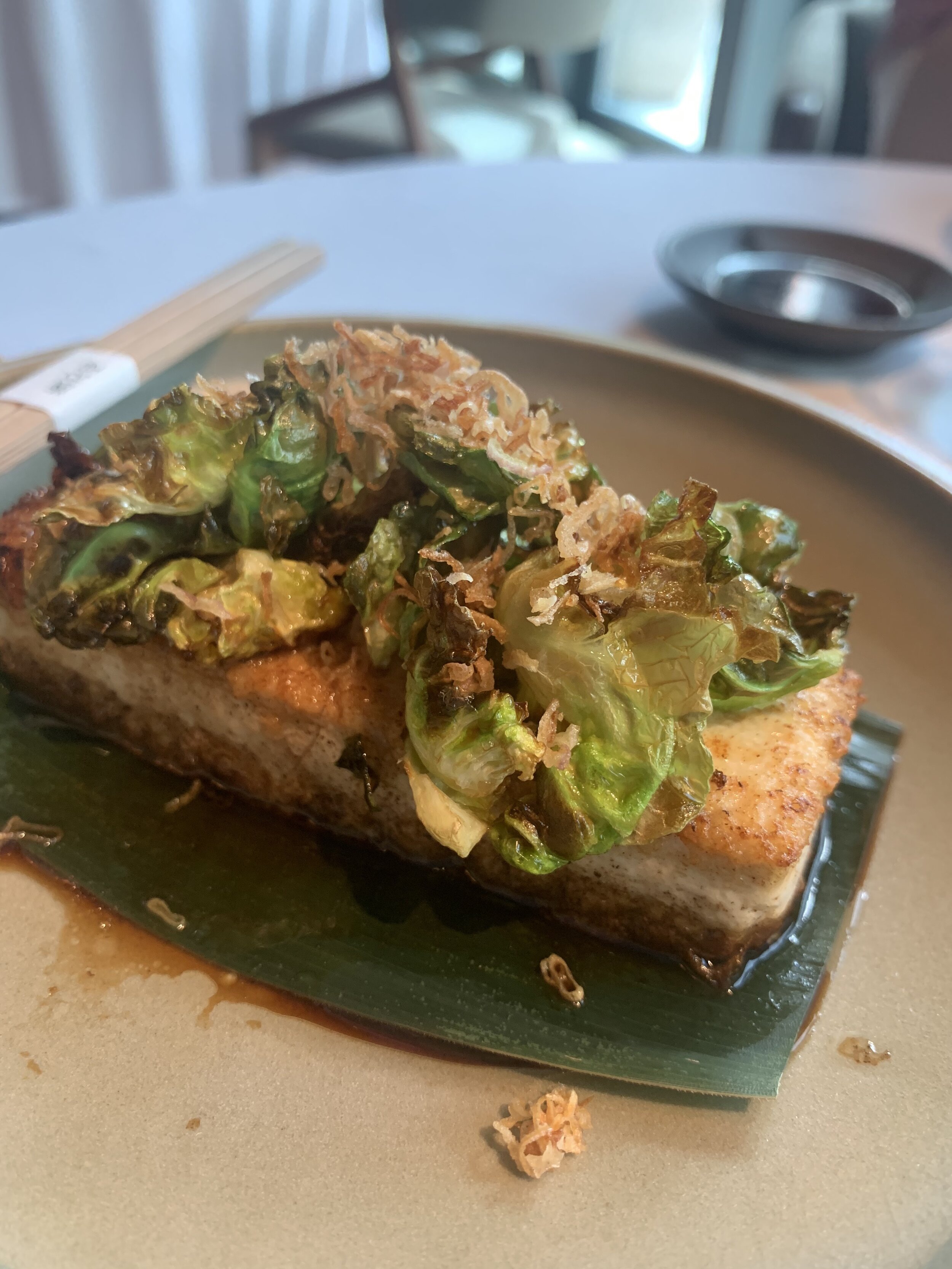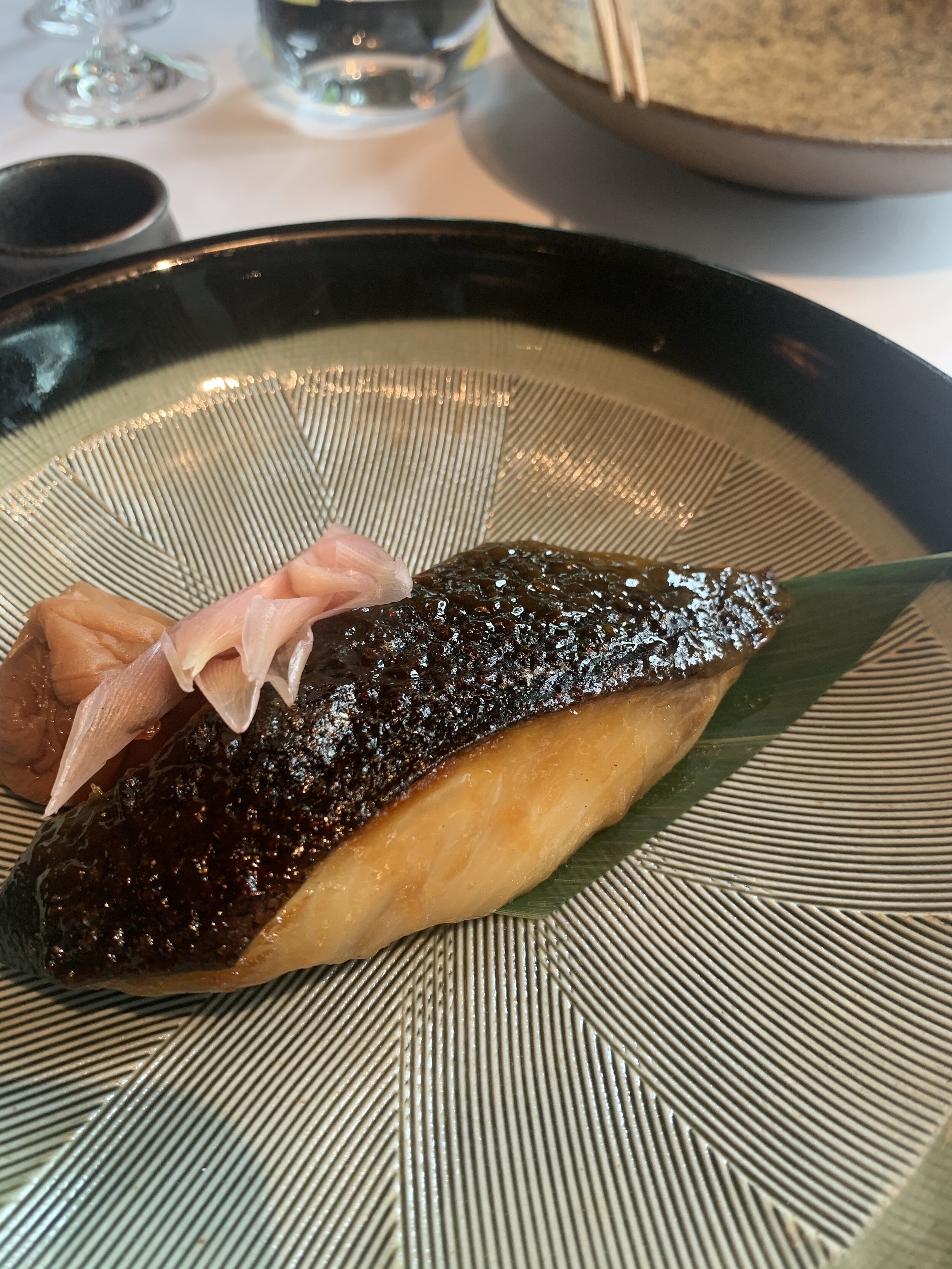ON TOUR WITH ZOKU
I love food, don’t we all, but it’s been a real part of my life. My first job entailed selling rice, pasta and ready to use sauces to Chefs at universities, hospitals and workplace catering hubs which sounds rather dated now but back then we would fax orders to Head Office and having a cellphone seemed the coolest thing ever.
Since then I have worked with some pretty interesting brands and market sectors, across Europe, the Middle East and Asia. I’ve also trained and worked as a Chef, an invaluable experience that I feel gives me the edge on others in my segment of the industry who, when push comes to shove, only want to see the polished and snazzy side of the kitchen door.
I guess what I am trying to say as I burn through the word count is that I’ve been around food and drink a long time, stalking it from a number of angles and generally enjoying the hell out of indulging in it.
An invitation then to get an insight into the Sake pairings strategy at newly opened Zoku here in Wan Chai was my kinda email. I’ve been responsible for a handful of Sake pairing events and done what I believe to be a decent job of it. I’ve been invited back at least to do more. Perhaps I’m pricing myself too cheaply?
The difference for me though compared to the pairing game at Zoku is that I would be dealing with a smaller universe of Nihonshu. Either I would only have seven or eight dishes to pair with Sake, or I would be selecting Sakes from a pool of less than a hundred, due to the supply route chosen for the particular occasion.
For Sabrina Cantini Budden, Beverage Manager at The Hari Hong Kong and therefore Zoku, her task is on a much larger magnitude with seven or eight pages of dishes to be considered in her Sake selections, and a much larger Sake pond in which to fish by having access to multiple suppliers. A big task, but not such an unpleasant one.
Image courtesy of The Hari: Sabrina Cantini Budden, Beverage Manager
There are some basic rules to consider when playing around with Sake and food pairings but as ever with Sake, there are exceptions. Although these principals also aren’t too dissimilar to those for wine and food, Sake has some added complexities to consider.
For example, we can serve some Sake hot. We can serve some quite expensive Sakes hot too, it’s not just for the cheaper, more rustic end of the market. Sake has textural differences, significant ones from silky smooth to coarsely filtered chewiness. Umami is a curveball that can really be worked with, much rarer in the wine industry.
Although there are more variables, lastly, and ultimately very importantly, everyone agrees that Sake doesn’t fight with food. This is a much overused phrase and I recoil a bit as I mention it here but it is true that for the majority of the time it’s quite hard to drop in a really catastrophic Sake pairing in the same way that there potentially can be in wine pairing. By way of a teeth grating example, how about a bold tannic red wine with a raw oyster? That would just be bad, wrong and downright disrespectful to either party.
So how does Sabrina do it? Lucky for me, the best way to find out was to be dragged far from kicking and screaming through ten iconic pairings from the current menu, and talk around other themes and approaches as I hoovered up Chef de Cuisine Phillip Pak’s delicious food, a seemingly unending procession of treats, as one dish would be cleared only to be replaced by two more. Marvellous.
Zoku is beautifully designed with snoozy banquettes and a mesmerizing asymmetric origami ceiling so leave it to Tsuurume Yuzu to quickly snap you out of any daydreaming. Loaded with yuzu fruit, this is totally zippy and perhaps one of the more naturally flavoured fruit Sakes I’ve enjoyed. Sabrina recommended trying it with a little chilled sparkling water, so I did, and thus created the best tasting adult lemonade on the market. Good start.
Fukui Prefecture’s Hayaseura Junmai Daiginjo was the selection to accompany Yellowtail Sashimi, enveloped by pickled radish. We’re well into Daiginjo territory here - the 100% Yamada Nishiki rice has a seimaibuai of just 30% - and the Sake is truly light and delicate, but with enough fruit and acidity to match the pickle and yuzu soy dressing, an element of saltiness really dovetails well with the soy element.
Staying in Fukui for the next two Sakes, we relocate to another brewery, home to Yukikirara. Another Junmai Daiginjo - a humble 40% this time - helps Sabrina and I mop up the remaining Yellowtail whilst also playing nicely with Warm Tofu, a really fun and earthy dish, aided by the fried shallot and crispy Brussels garnishes. It has a thick mouthfeel and rich savouriness to it that marries well with the simplicity of the tofu itself.
The latter Yukikirara is made with Gohyakumangoku rice and is gutsy enough to match up to the portly Wagyu Dumplings that come next. It’s got to be hard to avoid these on any Zoku visit, they’re jampacked with the juicy beef and finely diced leeks. It’s a great example of how Sake refuses to conform to any patterns or styles when it wants to, this trio of Daiginjos working with very different eats - delicate fish, pickled veggies, vegetal sprouts and beef fatty goodness.
I ask Sabrina about the prevalence for Zoku’s Sakes being Junmai rather than with added alcohol. Her answer mirrors that of a strong movement in Japan happening now whereby people are opting for the pure rice Junmai Sakes:
“I simply seem to prefer Junmai, there’s no conscious decision making going on here, there’s more of them by pure coincidence”.
A real treat next. It’s not often you see Sake from Okinawa. There is, of course, plenty of Awamori down there which accounts for why Taikoku Shuzo, the sole brewery in the Prefecture, uses Awamori’s black Koji in the fermentation of its Reimei Honjozo.
This is a rough and ready Honjozo and I can’t help but like it. It’s dry and doesn’t have any of the heirs and graces of the preceding Sakes and that’s fine, it partners well with the smokiness of the charred skin on the Alaskan Black Cod, the umami miso marinade too. We crunch down the pickled myoga Japanese ginger, on instruction from Chef Pak.
“We tasted Sakes from all over Japan in putting this menu together”, explains Sabrina, “It was purely about finding the right bottles to fit with the menu and that meant we needed to look far and wide to identify Sakes that would work with the breadth of offer at Zoku. Funnily enough, it turned out that with just a few exceptions, a good number of our Sakes are produced in the middle third of Japan’s Prefectures”.
Out comes a parade of kushiyaki skewers. There’s something about binchotan grilled meat that I just can’t resist. As an added bonus, it means I don’t have to embarrass myself too much with my still ungainly chopsticks wielding skills.
Okra x Wakatakeya Yamakujira Junmai Ginjo is pulled out to work with the Chicken Thigh. It has an oily rich texture and goes particularly well with the charred leek. Wakatakeya Brewery has collaborated with Hong Kong’s Okra restaurant for a number of years and this label is one of their most striking, no doubt a popular choice for any Instagram obsessive diner. A lovely polar opposite to the staunchly traditional label of Taikoku’s Honjozo.
Image courtesy of The Hari
With the Salmon, we have a Nigori from Manotsuru, a Junmai Ginjo. The creaminess of the cloudy Sake works well with the fattiness of the salmon and it’s good to taste a Nigori that isn’t too overtly rice heavy in flavour. This one manages to be lighter and silkier than its cloying appearance would suggest. Another point of difference on Sabrina’s list.
Beef and Pork are paired with an old friend, Dan Junmai Ginjo Aiyama. I had the pleasure of sitting next to Rei Amano, Managing Director of Saisaichi Brewery, a couple of years ago and tasted several of his Sakes with him. His broken English and my appalling Japanese didn’t matter, we bonded over his delicious Sakes and this highly polished Ginjo (50%) is made using the Yamahai method, the resulting wildness of the Sake bringing plenty of richness, umami and meatiness to really keep up with these red meat Kushiyaki.
Dan would be great warmed too and Sabrina tells me there are o-choko cups on hand for any guests who wish to have their Sakes heated up. Like many top Japanese restaurants these days, wine stemware is the choice for Zoku to allow the Sakes to be swirled and enjoyed by the guests.
We move to dessert - separate stomach for pudding, right? - and two last Sake treats. Sabrina generously allows me to share her favourite Mochi Cake with Coconut Sorbet. I was tempted by it myself (the Miso Caramel sounded too good) but instead elected for the Japanese Fruit Tart, served with Yuzu Pastry Cream.
1992’s Choryo Honjozo Taru Genshu, what a colour, is full of coffee mocha bitterness, underpinned naturally by some cedarwood but it’s smooth as anything and goes brilliantly with that Miso Caramel (maybe I should have ordered the Mochi Cake), and the nuttiness of the Coconut Tuile.
A sticky Umeshu from Senkin is a wonderful amber colour and is perhaps one of the nicest made plum Sakes I have had. I don’t normally get too excited about fruit Sakes but this one, and the earlier Tsuurume, are gamechangers.
We talk about the menu layout as Sabrina splits the Sake options not by classification as is common, or Prefecture, but by something more recognisable on a wine menu, using Kunshu (aromatic), Soshu (refreshing), Junshu (rich) and Juku-shu (aged).
“We wanted a menu that is easy to understand for guests. The Hari brand tends to attract a lot of experimental clientele that are not so much Japanese, so we feel that a broader approach is needed. We tend to appeal to the international business traveller so agreed that this way of segregating the menu worked best”.
I’m stuffed and just about able to scribble down a few more notes as I sink further still into my plump seat. Zoku’s menu crams in a huge range of choice and there’s plenty more for me to go at on the next visit. The spectrum of Sakes is well thought out and gives options for modern and traditional pairings and a good variety within each classification, however you choose to split things up.
Not that I need another excuse to come back but Zoku also offers Shochu and Japanese Whisky. Oh, and there’s a handy wine list too. Given Sabrina’s Argentinian heritage I’m guessing there’s some cracking Malbec to go with those Kushiyaki, now there’s a thought…
FOOTNOTE:
Since my visit, Zoku is now operating lunch and dinner service due to the relaxation of evening dining regulations, and I understand the Sake menu is being further extended to include some new breweries.
LINKS:
Zoku Restaurant & Terrace
2/F, The Hari Hong Kong, 330 Lockhart Road, Wan Chai, Hong Kong
www.thehari.com/hong-kong
Instagram: @theharihk Email: zoku@thehari.com Phone: +852 2129 0338
QUICK GLOSSARY:
Nihonshu: Literally “Japanese Alcohol”; whereas in Japan, Sake translates as “alcohol”, Nihonshu is what we understand in the West as the drink of Sake itself
Junmai: Sakes made with no added alcohol are Junmai, the only ingredients are rice, water and Koji mould
Ginjo 吟醸: Sake made from rice at a polishing ratio below 60%
Daiginjo大吟醸: Sake made from rice at a polishing ratio below 50%
Seimaibuai: The percentage of rice remaining after the polishing process compared to its original weight (so a 60% seimaibuai reflects that 40% has been polished away)
Awamori: Made from long grain indica rice, Awamori is the alcoholic beverage synonymous and unique to Okinawa
Koji: Rice that has been inoculated with Koji-kin mold
Honjozo 本醸造: Sake made from rice at a polishing ratio below 70%
Nigori 濁り: “Cloudy” or “milky” Sake that has some of the original rice solids from fermentation remaining in the liquid. Body can vary from simple opaque through to quite thick and porridge-like. Brewers achieve this by running the Sake through a coarser filter or by adding the rice back in after filtration. Note that Japanese law stipulates that all true Sake must be filtered
Yamahai 山廃: Yeast starter method developed after Kimoto allowing for natural lactic acid production but without the labour of Kimoto’s long paddles (takes 4 weeks)
Taru: Taru is a wooden cask, normally cedar, and taruzake (樽酒) is Sake that has been stored or aged in such casks, imparting its woody flavour to the Sake
Genshu: Sake that hasn’t been diluted with water meaning it can be a little stronger than the standard 15-16% alcohol
Umeshu梅酒: Plum Sake. Made by soaking whole plums in Sake, usually sweet
